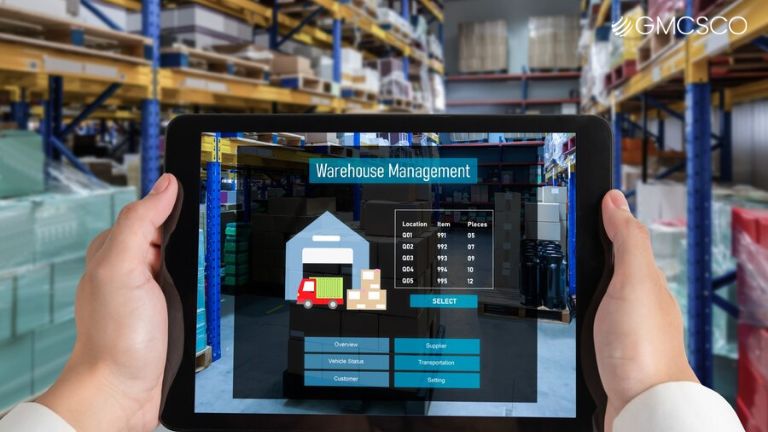Warehouse Management Software: A Case Study
Understanding Warehouse Management System (WMS) Warehouse Management Software (WMS) is your personal assistant to calm down that warehouse madness. That’s a fancy computer program that helps you keep track of inventory, make things easier in general, and make your life easier! Just like Hermione Granger of your warehouse – organized, efficient and always on top of things. WMS: Evolution and Advances The days of writing an inventory number on a bit of paper and trying to trace that missing box of widgets is long gone. Since then WMS has come a long way. From the beginnings as simple spreadsheets it has evolved into full blown systems capable of takling more complex tasks such as inventory tracking, order processing and even automated picking and packing. Everything just works better, its a phone upgrade from an analog mobile to the latest iPhone. Benefits of Implementing WMS A WMS might sound like a hectic thing to do but trust me the benefits of doing it are totally worth it. With a WMS at your side, you can lose the nightmares of inventory, decrease errors and improve efficiency overall. It’s like having a superpower that keeps your warehouse flowing like new oil. It’s from enhancing inventory visibility to optimizing order fulfillment that WMS works for you. About the Client The client is a large e-commerce company that was not able to accomplish efficient warehouse operations. As their inventory was growing, and their order volume was increasing they began to realize they needed a robust Warehouse Management Software (WMS) to help manage all of their inventory tracking, order fulfillment, and warehouse efficiency. Project Overview The project required working out the details of a .NET based Warehouse Management Software that integrated seamlessly with the client’s already existing systems. The aim was to obtain real time visibility of stock levels, automate the order processing and optimize the warehouse layout for process of picking and packing. The Challenges Inefficient Inventory Tracking: Inventory tracking was hampered by inaccuracies from existing systems that lacked real time visibility. Manual Order Processing: Manual interventions make the time consuming processes of order fulfillment prone to errors. Suboptimal Warehouse Layout: An optimization of the warehouse layout was required in order to improve picking and packing efficiency. The Solution Developers and project managers that were members of our team worked together to create and install an elaborate Warehouse Management Software. We also used technologies like .NET, SQL Server and REST APIs to ensure a strong & scalable solution. Key Features of the WMS Real-time Stock Visibility: In Stock levels, the WMS gave instant visibility reducing the chance of stockouts, and overstock situations. Automated Order Processing: The orders were processed smoothly, little errors and the fulfillment process ran smoothly. Optimized Warehouse Layout: The intelligent algorithms used enabled the software to optimize the warehouse layout to achieve increased picking and packing efficiency. The Outcome It was successfully deployed Warehouse Management Software to optimize the warehouse operations. An increase in inventory management efficiency. Using the power of WMS (which includes gains in inventory visibility, streamlined order fulfillment, better accuracy, and faster, more efficient processing) the business was able to overcome Warehouse Management problems and achieve extraordinary results. From this case study, important lessons are learned, which can be used by businesses interested in adopting WMS, stressing the choice of careful selection, careful implementation planning, and the seamless integration with the current systems. Finally, the implementation of WMS will set the stage for enhanced productivity, reduced costs as well as better customer service, ensuring the WMS is a strategic investment for any organization trying ascertain optimum warehouse operations. Conclusion As our team’s forte lies in providing Warehouse Management Software which the client needed by leveraging advanced technologies, the combination of our expertise produced a tested best solution to these troubles. All these help in streamlining and making the warehouse run smoothly; the implementation wears real time visibility, automation of order processing, and optimization of warehouse layout.







